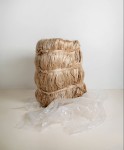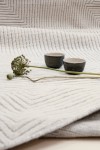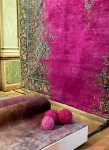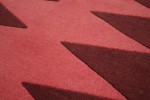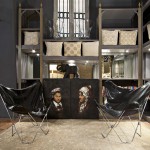Cotton Dhurries
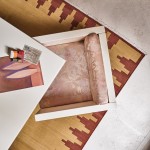
Cotton dhurries are a type of flat-woven rug or carpet that originated in India and have a rich history dating back thousands of years. The term “dhurrie” is derived from the Sanskrit word “dhurika,” which means a “thick, flat piece.”
During the Mughal era, from the 16th to the 18th centuries, the art of dhurrie weaving saw a significant transformation. The Mughal rulers were patrons of art and culture, and this period saw the introduction of new materials like silk and metallic threads into dhurrie designs.
In the 20th century, as India gained independence, there was a resurgence of interest in traditional crafts. Dhurries experienced a revival, with contemporary designers and artists incorporating these textiles into modern interior design.
Barbara Frua’s Par Terre collection represents a custom-made, meticulously crafted collection of cotton dhurries following the distinguished dhurrie techniques deeply rooted in the millenary Indian tradition. These techniques have their origins in the carpets woven for the imperial palaces of Rajasthan in northern India, showcasing a tradition of centuries-old craftsmanship.
Par Terre’s intricate geometric compositions and vegetable colours are an elegant nod to the heritage of Indian dhurries.
Par Terre is more than just a collection of textiles; it celebrates tradition, artistry, and innovation. By blending the ancient dhurrie techniques with Barbara Frua’s contemporary vision, Par Terre brings forth a timeless beauty that can transform any interior into a work of art, honouring the rich history of cotton dhurries while pushing the boundaries of modern design.






